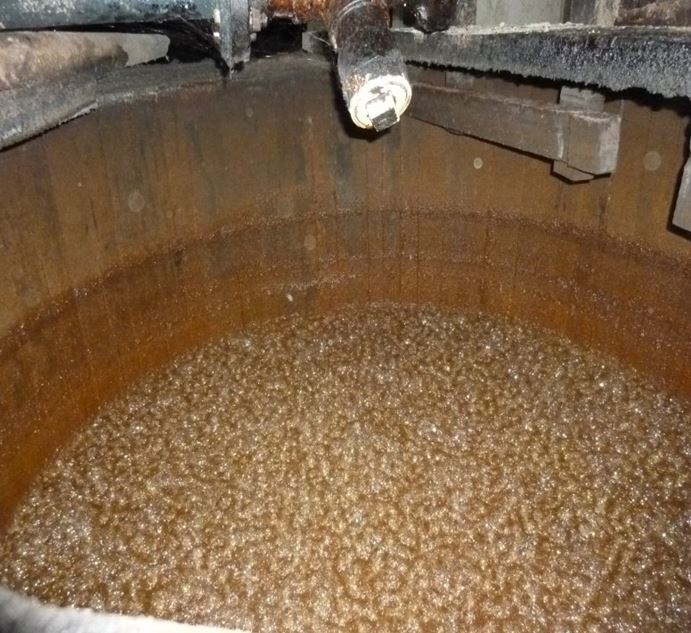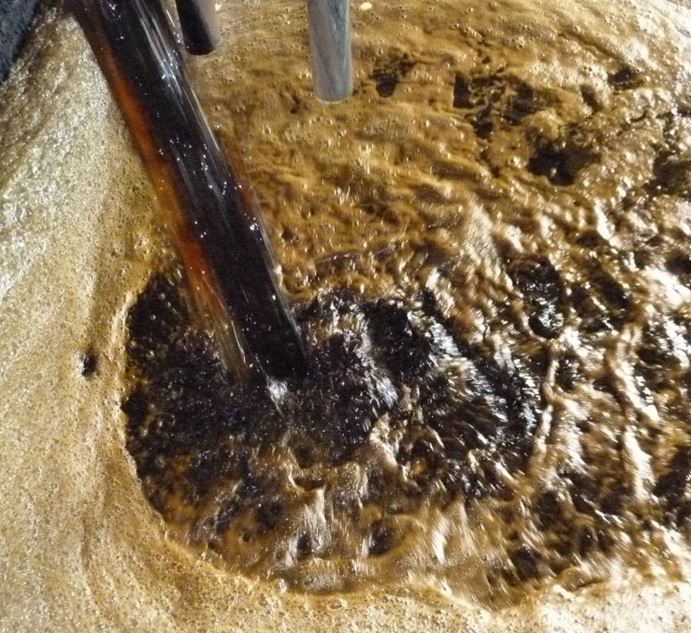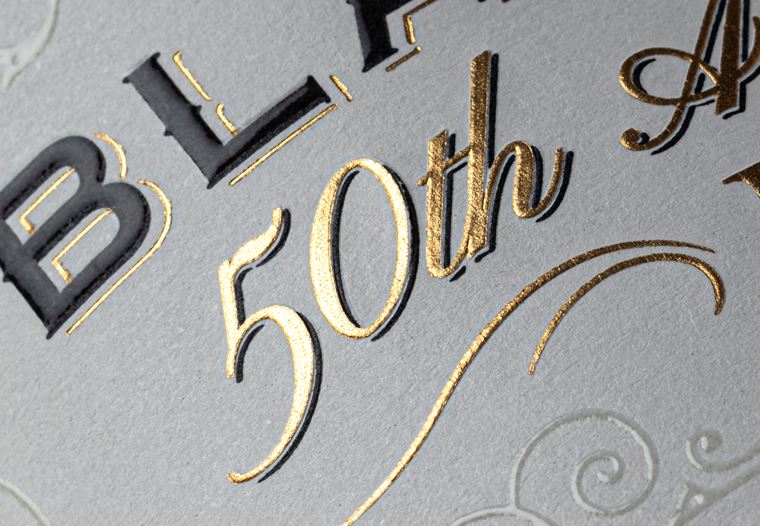

How Is Rum Made
Take a deep-dive into the rum making process to discover its journey from sugarcane fields to your glass.

Fermentation
Naturally occurring wild yeasts or secret cultured strains? Open or closed fermentation? 24 hours or three week ferments? Dunder and muck, or keep it clean? Discover how fermentation plays a pivotal role in rum flavour profiles.


WHAT IS FERMENTATION?
Once you’ve selected your raw material of choice, fermentation is the next stage in the process to convert your sugarcane byproduct into rum. Yeast is added to the raw material, which then feeds on the sugar content therein. As the yeast feeds on the sugar, it produces heat, carbon dioxide, and various alcohols (including ethanol).
How much alcohol is produced at this stage depends on conditions such as climate, sugar content (‘Brix’), and the type of yeast used - but for rum you’ll typically be aiming to end up with a fermented liquid of around 7-10% ABV.
CULTURED YEAST
Many distilleries around the world use cultured yeast strain(s) to initiate fermentation. - this could either be a readily available, widely used form of yeast, or else a proprietary strain that a particular distillery has developed over several years of experimentation and development. Different yeast strains will respond differently to temperature, acidity, alcohol levels, and so will ultimate cause the fermentation process to develop in different ways.
Depending on the flavour profiles you are looking to develop, the choice of yeast will greatly impact how your raw material develops in the fermentation stage. The advantage with using these cultured or proprietary yeasts is consistency and stability of fermentation - so long as your other variables remain the same, using the same yeast each time ensures that you can more reliably predict the flavour profile of your end product without any unexpected or undesirable flavours developing.
NATURAL/WILD YEAST
Wild yeast denotes yeast strains that are particular to a localised region that are present in the distillery and the surrounding environment. Different influences such as the surrounding vegetation and wildlife can greatly impact the type of wild yeasts you might find in the area. Those who use wild yeast champion the idea of all the flavours and compounds developed during fermentation being reflective of the that particular region.
When you use a wild yeast fermentation you will have many different yeast strains acting during the fermentation instead of just one. These different strains will each produce different flavour characteristics in the final ferment.
The difficulty with wild yeast is that it is hard to control, and yeasts that have spoiled may produce undesirable flavours in the final liquid. It is worth noting that it is still possible to take this wild, local yeast and culture it or make it a proprietary yeast strain - that way it remains unique to your region, but is still consistent.
FERMENTATION LENGTH
The length of fermentation varies from region to region, and from distillery to distillery. The length of fermentation will largely determine the acidity of the wash - the longer the fermentation, the more acidic your wash will be. With more acid, there is the potential for more esters to form in the fermentation stage, along with other volatile compounds and flavours that will develop in your rum.
Typical Fermentation lengths (for countries found in Black Tot Finest Caribbean):
Guyana: the sole surviving Diamond distillery uses a 1-2 day ferment for the majority of their 26 marques, with a separate longer ferment specifically for use in their high-ester still which can produce rums with an ester level of around 7000g/hlAA (7000grams of ethyl acetate per hundred litres of pure alcohol).
Barbados: variances across the 4 distilleries, but typically you will find a 2-3 day fermentation period. Jamaica: again different distilleries have different methods here.
Jamaica has 6 operating distilleries, 3 of which specialise in very high ester rum - Hampden, Long Pond, and Clarendon. At these distilleries you can expect a fermentation time from 1-3 weeks depending on the marque of rum they are creating.
WOODEN VATS
You may see wooden vats in play for a variety of different purposes.
Blending: The West India Docks famously constructed 3 giant wooden vats for blending the incoming rum casks from the Caribbean for the Navy Blend. The vats were connected together by a pipe about a third of the way up, allowing the rum across all three vats to blend together.
The vats here were open top, so even despite London’s relatively cool climate you had a tremendous amount of ‘angel share’ (evaporation of alcohol and liquid). This would be an extremely costly way of blending rum today, but you will still often see closed top vats used to help blenders put together large scale blends and create consistency across batches.
Fermentation: Many distilleries today would use stainless steel vats for their fermentation, but traditionally a Greenheart Oak would be used. Famous examples of this were at the Long Pond distillery in Jamaica where a tremendous amount of wooden vats burnt down in 2018 (and are now being rebuilt).
Ageing: Ageing in wooden vats minimises interaction with the wood, and as such wouldn’t normally be allowed to count towards the age statement in a rum. There are some countries however where there is no maximum size for the ageing vessel - this is particularly convenient in countries with minimum age statements for rum (such as Australia, where rum must be a minimum 2 years old, and your ageing vessel can be of any size).
As such, it is always worth noting what size barrel (or indeed vat) your rum is aged in, to determine how much impact the wood has had on the overall flavour, and how much your age statement is worth.
STAINLESS STEEL VATS
With similar applications as the wooden vats above, except stainless steel can only be used for blending, fermentation, and storage (no ageing occurs when rum is stored in stainless vats). These vats are generally used more frequently as they are both inert and easier to keep clean.
ESTERIFICATION
Most commonly associated with Jamaican rum (despite being possible with all fermentation) is the creation of ester heavy rum. Esters occur when acid and alcohol molecules combine, and depending on the type of acid and alcohol, different esters are created. For the purposes of measurement though, only one ester is recorded in rum production - ethyl acetate (formed by the combination of ethanol + ethyl acetate).
Longer ferments typically create more esterification due to the prolonged length of time for acidity to develop (in Jamaica this is greatly assisted with the help of dunder and muck which is added to the molasses). Though esters don’t describe the whole flavour profile of a rum, they are a good barometer of intensity for blenders (and rum aficionados alike!).
Though esterification happens at all stages in rum production (fermentation, distillation, and ageing) we have mentioned it here as fermentation provides the most integral part of ester production - the more esters created here, the more will continue to develop during distillation and ageing.
It’s worth noting that in the original Navy Rum, Jamaica was cut from the blend because the flavour of the rum was considered too intense to be palatable. Nowadays, as we move towards a love of full flavour and high ester rums, we have reintroduced a little pot still Jamaican rum back into our blend of Black Tot Finest Caribbean.
DUNDER
After distillation is complete, the un-distilled remnants of the wash is called ‘Dunder’. In whisky and other spirits you may hear this referred to as ‘stillage’, but for rum ‘dunder’ is the correct terminology here. In most regions, this dunder is watered down and either disposed of or used as cattle feed (the Husk distillery in Australia famously has their ‘Dunder Cows’ that look forward to this treat every time they distill).
You’ll most likely hear of Dunder in relation to Jamaican rum, where the dunder is either added directly back into subsequent distillations (for added acidity), or else kept in giant open vats known as 'dunder pits'. Dunder pits are continuously added to over decades and will in turn propagate their own yeast and bacteria micro-cultures.
When new batches of molasses are fermented, a portion of this dunder is added to the new ferment, allowing the particular yeasts and bacteria cultivated over generations to be added to an otherwise new batch of molasses (for Bourbon lovers, this process may feel reminiscent to a sour mash process).
Not all Jamaican distilleries use dunder, but you’ll find it at Hampden, Long Pond, and Clarendon distilleries, all of which specialise in producing high ester rum up to 1600g/hLAA (the upper legal limit for export in Jamaica).
MUCK
The muck pit is another ‘secret’ of Jamaican rum production, a highly acidic, foul smelling component that is perfect for assisting in the creation of high ester rum! The muck pit is as romantic as it sounds, comprising a trough style container filled with water, where rotting fruit and vegetables are added to putrefy and create an infamous stench.
A little muck added to molasses though is perfect for adding acidity to your ferment, and of course more acid equals more esters. Hampden and Long Pond both are homes to infamously foul smelling muck pits, perfect for this process!





